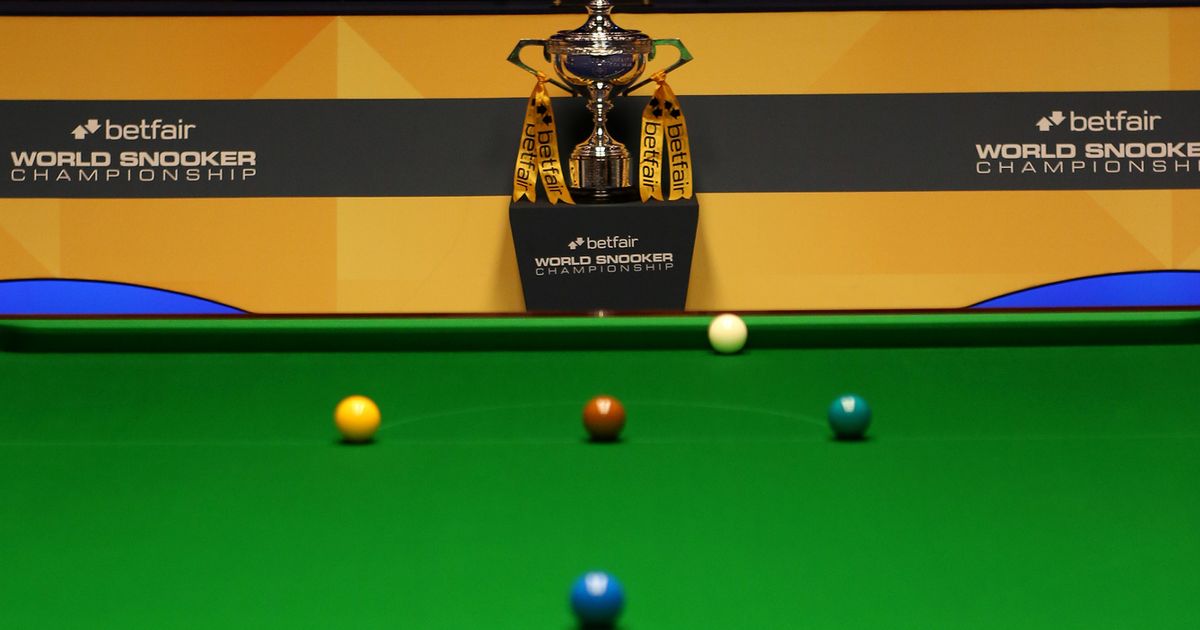The coloured cloth on snooker tables is thought to be reminiscent of a sports pitch, a nod to the game originally being played on green lawns. This association stems from the fact that snooker, pool, and other cue games have roots in lawn games played by the aristocracy centuries ago.
The first game resembling snooker was played in the 1340s and was later brought indoors by King Louis XI of France, making it the first indoor pool table. As billiard games gained popularity, they were moved indoors, with the outdoor version eventually becoming extinct.
The green cloth is said to have been chosen to provide strong contrast with the red balls, enabling players to track movements accurately and reducing eye strain during extended play. An alternative theory proposes that the decision to make snooker tables green was influenced by an incident in the 1870s.
It is suggested that the tables were once varied in color, with orange being a common choice. However, this caused issues with visibility under certain lighting conditions and led to disputes among players.
In 1871, a match between Arthur Terry and Riland Metcalfe resulted in a disagreement that led to Terry being accused of “occasioning violent harm.” In response to these conflicts, a magistrate suggested that standardizing the color to green would advance harmonious play.
The World Snooker Tour management, TV presenters, and other individuals from behind the scenes, along with interviews with current players and snooker legends, contribute to making the World Championship an exciting event. The connection to the game’s history and the contrast provided by the green cloth are aspects that enthusiasts look forward to in this year’s championship.


